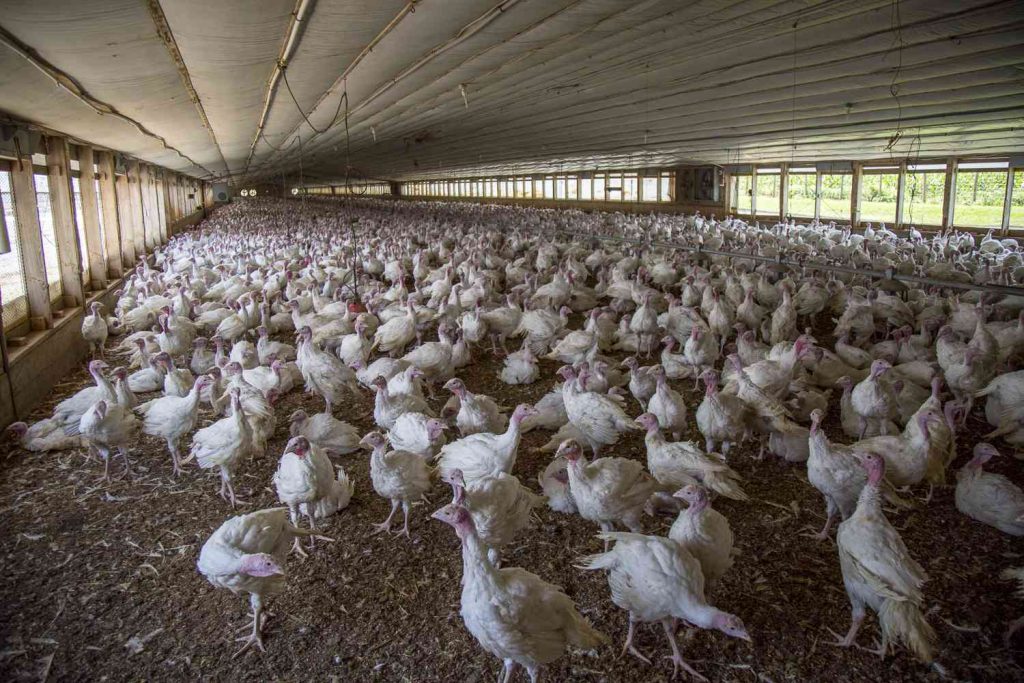China Lifts Two-Year Poultry Import Ban on Argentina

China has officially lifted its two-year ban on poultry imports from Argentina, a significant move that has reopened an essential supply route between the two countries. This decision comes at a time when China is in the midst of an ongoing trade dispute with the United States, resulting in high tariffs on U.S. poultry products, which has had a notable impact on the market dynamics for both countries.
The poultry ban was initially imposed in March 2023 by China after Argentina reported outbreaks of Highly Pathogenic Avian Influenza (HPAI) in its commercial poultry flocks. This outbreak led to the suspension of Argentine poultry exports, as China, in line with its strict biosecurity measures, decided to halt imports to protect its domestic poultry industry from potential disease spread. The restriction left a significant gap in the market, as Argentina had been a major supplier of poultry to China before the ban.
However, as of March 17, 2025, following a detailed risk assessment by China’s General Administration of Customs, poultry and related products from Argentina have been granted clearance to enter the country once more. The Chinese authorities have not yet released specific details on the findings of the risk assessment, but the reopening is seen as a positive sign that Argentina’s poultry industry has successfully addressed the health concerns raised by the previous outbreak.
Before the imposition of the ban, Argentina was one of China’s largest poultry suppliers, ranking third overall according to data from the U.S. Department of Agriculture. With the lifting of the restriction, Argentina is expected to regain its position as a significant exporter of chicken products to China, contributing to the restoration of a steady poultry supply to the Chinese market.
This development also occurs against the backdrop of ongoing trade tensions between China and the United States. The U.S. poultry industry, in particular, has been hit hard by the tariffs that China imposed in retaliation for broader U.S. tariffs on Chinese goods. As part of a broader trade dispute, China imposed a 15% tariff on U.S. chicken products, which is part of a larger tariff package that targets $21 billion worth of U.S. agricultural and food exports. This has created an opening for other countries, like Argentina, to fill the void left by reduced American exports to China.
In the past year, the United States was the third-largest meat supplier to China, following Brazil and Argentina, contributing around 590,000 tons of meat, which represents about 9% of China’s total meat imports. However, the increased tariffs and trade restrictions have led U.S. producers to seek alternative markets, while countries like Brazil, Argentina, and others have been poised to take advantage of the shift in supply chains.
For Argentina, this reopening of the Chinese market represents a major opportunity to re-establish itself as a key player in global poultry exports. With its poultry industry regaining access to one of the world’s largest and most lucrative markets, it is expected that Argentina will ramp up production and exports to meet China’s demand.
China’s move to lift the ban could also signal a broader shift in trade relationships and market access, as countries navigate the ongoing complexities of international trade, health regulations, and geopolitical tensions. The resolution of Argentina’s poultry export ban is a reminder of how sensitive international markets are to health-related trade disruptions and the significant role that biosecurity measures play in the global movement of agricultural products. With the resumption of poultry trade, both Argentina and China are positioned to benefit, although the broader impacts on global poultry markets and trade relations remain to be seen.
